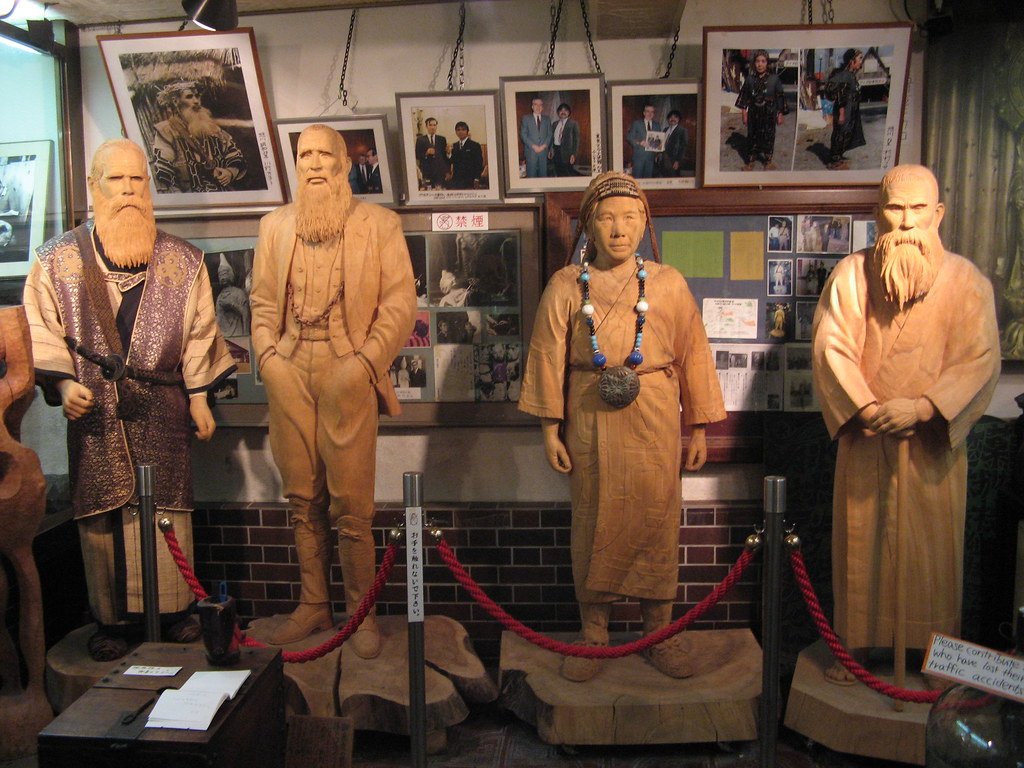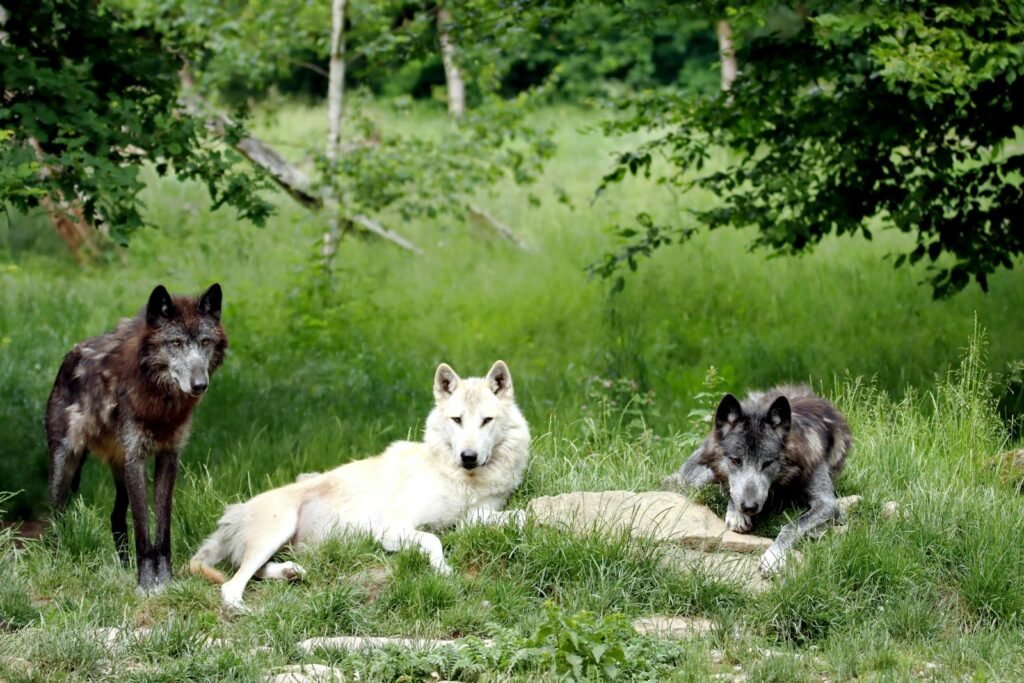On the windswept coasts of Hokkaido, a language once thought to be vanishing is echoing back into life. The story of Ainu, Japan’s indigenous language, is not just a tale of words and grammar—it’s a testament to resilience, identity, and the sheer power of cultural memory. Imagine a world where your ancestors’ songs and stories were silenced for generations, only to rise again, surprising both speakers and scholars. The revival of Ainu is more than a linguistic phenomenon; it’s a living, breathing rebirth that stirs the heart and provokes curiosity. Why does a language matter so much? And how does it come back from the edge of extinction? Let’s step into the vibrant world of the Ainu and discover the remarkable journey of their language’s comeback.
Ainu: The Voice of Japan’s First Peoples

The Ainu people are the original inhabitants of northern Japan, especially Hokkaido, and parts of Russia’s Sakhalin and Kuril Islands. Their language, also called Ainu, is not related to Japanese or any other known language, making it a linguistic mystery. For centuries, the Ainu expressed their worldview through intricate tales, ritual chants, and songs, all woven in their unique tongue. The language carries the wisdom of generations—knowledge about nature, animals, and the spiritual forces that shape life. Losing Ainu would mean losing an irreplaceable perspective on the world. Today, as more people learn about the Ainu, there’s a growing sense of urgency—and hope—for the language to thrive once again.
From Silence to Revival: The Story of Suppression

In the late 19th and early 20th centuries, Japan’s modernization policies led to the forced assimilation of the Ainu. Their language was banned in schools, and children were punished for speaking it. The result was devastating: parents stopped teaching Ainu to their children, fearing discrimination and ridicule. By the late 1900s, fluent speakers dwindled to just a handful of elders. The language teetered on the brink of extinction, its ancient songs almost swallowed by silence. But history shows that even the deepest silence can be broken, and the seeds of revival often sprout in the most unexpected places.
The Science of Language Endangerment
Linguists consider Ainu a “critically endangered” language. When a language fades, it’s not just words that disappear—whole ways of thinking are lost. Scientists study such languages to unlock secrets about human cognition, diversity, and the evolution of speech. Ainu, with its unique structure and vocabulary, offers clues about prehistoric migrations and cultural exchanges across Asia. Researchers emphasize that every language—including Ainu—holds a piece of the puzzle of human history. Reviving a language isn’t just about saving words; it’s about preserving the richness of our collective mind.
Grassroots Movements: The Pulse of Revival
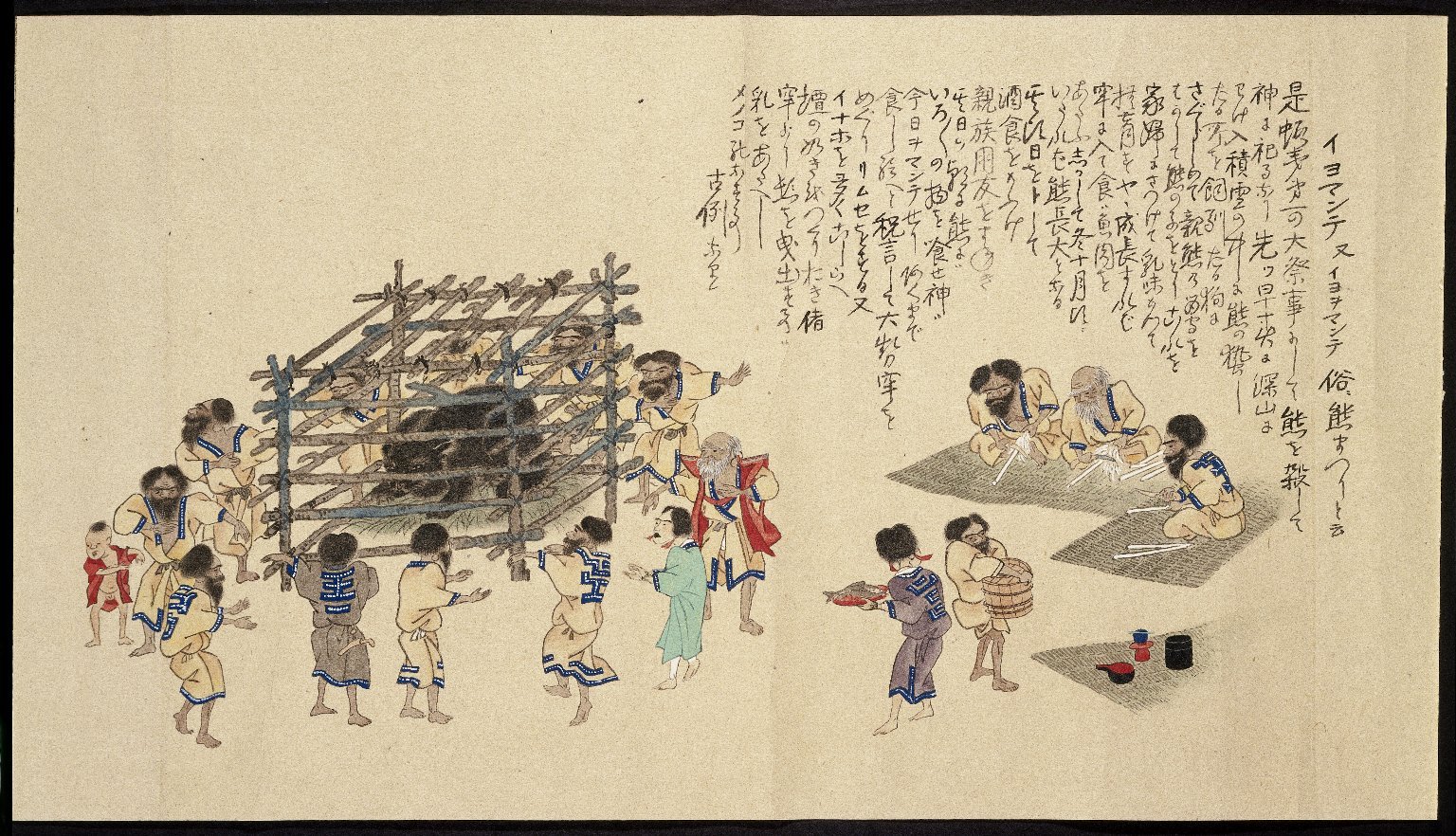
The revival of Ainu didn’t start in government offices or university classrooms—it began in communities. Elders, activists, and curious youth gathered in living rooms and cultural centers to share stories and songs. They established language circles, where learners could practice speaking and singing in Ainu. These grassroots efforts spread like wildfire, fueled by pride and determination. It’s a movement powered by people who refuse to let their heritage fade away. Every new speaker is a spark, reigniting the flame of tradition for the next generation.
Education: Bringing Ainu Back to Life
Schools and universities across Hokkaido are now offering Ainu language classes for children and adults alike. Educators use creative techniques—like storytelling, music, and art—to make learning Ainu engaging and joyful. Some schools host “Ainu Days,” where students immerse themselves in traditional crafts, dances, and language games. The goal isn’t just fluency; it’s about building confidence and pride in Ainu identity. For many young people, learning Ainu is an act of reclaiming what was once denied, and it’s transforming classrooms into spaces of hope and possibility.
Technology: A Modern Lifeline for an Ancient Language
In today’s digital world, technology is playing a surprising role in the Ainu revival. Mobile apps, online dictionaries, and social media platforms are making it easier than ever to access lessons and connect with other learners. Ainu podcasts and YouTube channels share everything from folk tales to everyday conversations, bringing the language to a global audience. Even video games and AI-powered language tools are being developed to make learning fun and interactive. These digital innovations are breathing new life into Ainu, ensuring it finds a home in the hearts—and phones—of the next generation.
Art and Music: The Heartbeat of Ainu Culture
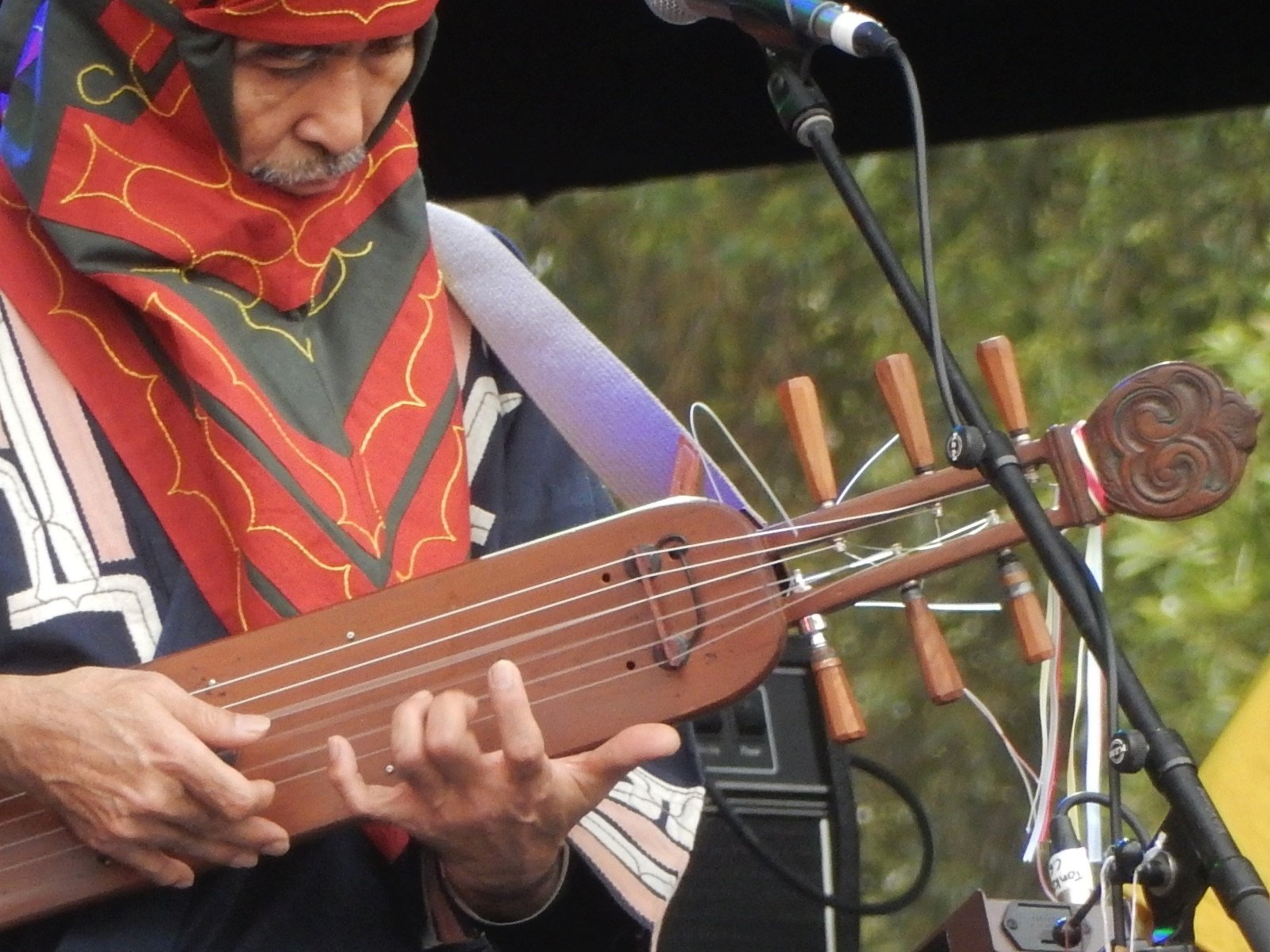
Ainu culture is rich with music, dance, and visual arts, all of which are deeply tied to the language. Traditional performances, like the hauntingly beautiful Upopo chants and the rhythmic tonkori string music, are performed in Ainu at festivals and cultural gatherings. Artists weave Ainu words into their paintings and carvings, using language as both inspiration and message. Through art and music, the language becomes more than just spoken—it becomes felt, seen, and celebrated. These creative expressions invite everyone, regardless of background, to experience the beauty of Ainu culture firsthand.
The Power of Storytelling: Ancient Wisdom for Modern Times
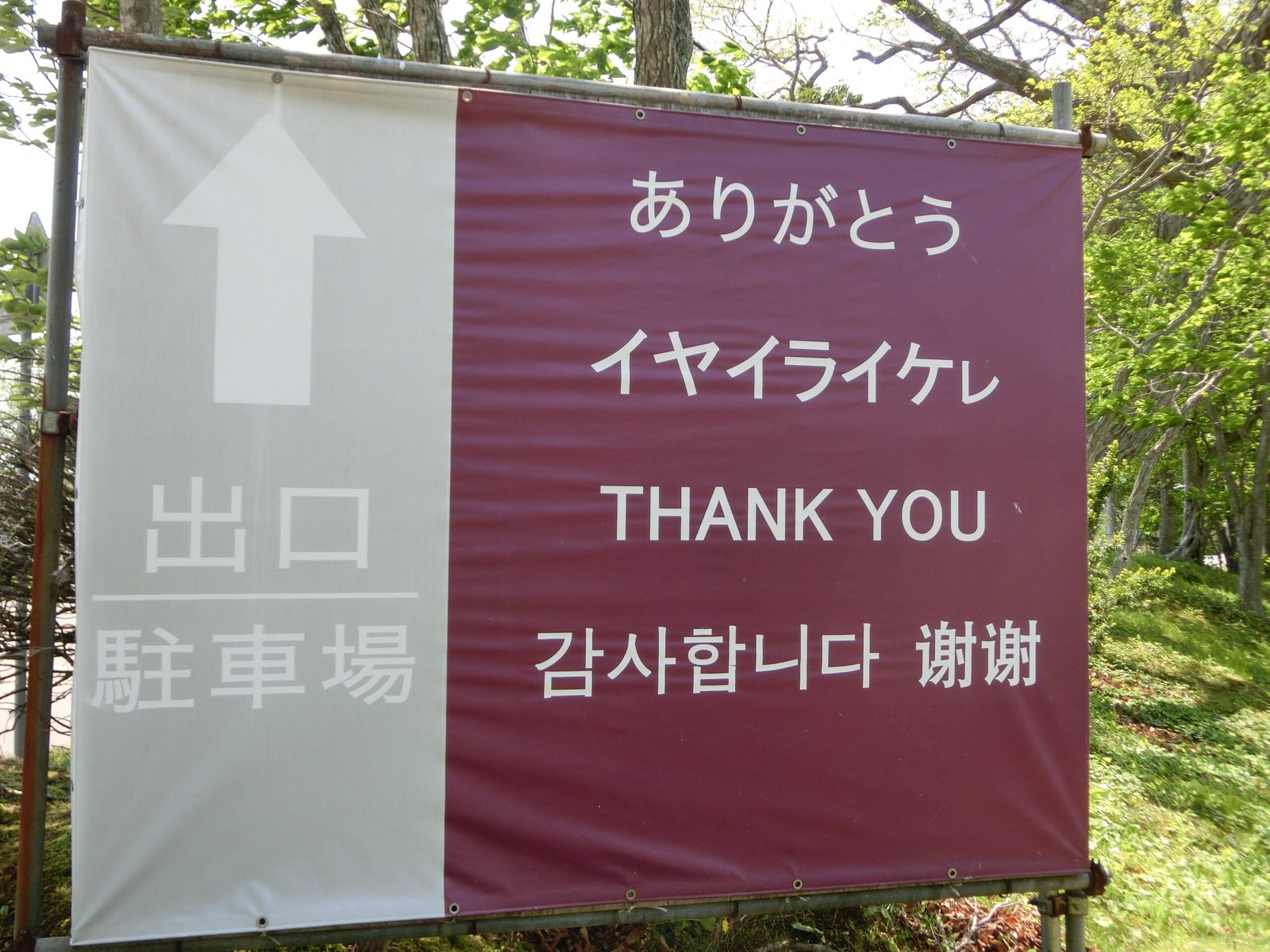
Storytelling is at the core of Ainu life. Epic tales of gods, animals, and ancestors are passed down from generation to generation, offering lessons about respect for nature and the interconnectedness of all living things. As the language revives, so too does this oral tradition. Storytellers, both old and young, gather to share myths and legends in Ainu, drawing listeners into a magical world. These stories aren’t just entertainment—they are a living link to the past and a guide for the future, reminding us all of the wisdom hidden in ancient words.
Government Recognition and International Attention

In recent years, the Japanese government has officially recognized the Ainu as an indigenous people and pledged support for their language and culture. Laws have been passed to promote Ainu education and protect cultural heritage. This recognition has inspired international collaborations, with linguists and indigenous advocates offering support and sharing strategies for language revitalization. The world is watching, and the comeback of Ainu is now seen as a beacon of hope for other endangered languages worldwide.
The Role of Nature: Language Rooted in the Land

Ainu is a language deeply shaped by the forests, rivers, and mountains of Hokkaido. Many Ainu words describe subtle changes in weather, animal behaviors, and the healing properties of plants—knowledge that is often missing in modern Japanese. As environmental challenges grow, there’s renewed interest in Ainu wisdom for sustainable living. Preserving the language isn’t just about history; it’s about protecting the knowledge that could help us navigate the future. The language and the land are inseparable, each nurturing the other.
Challenges and Hopes for the Future
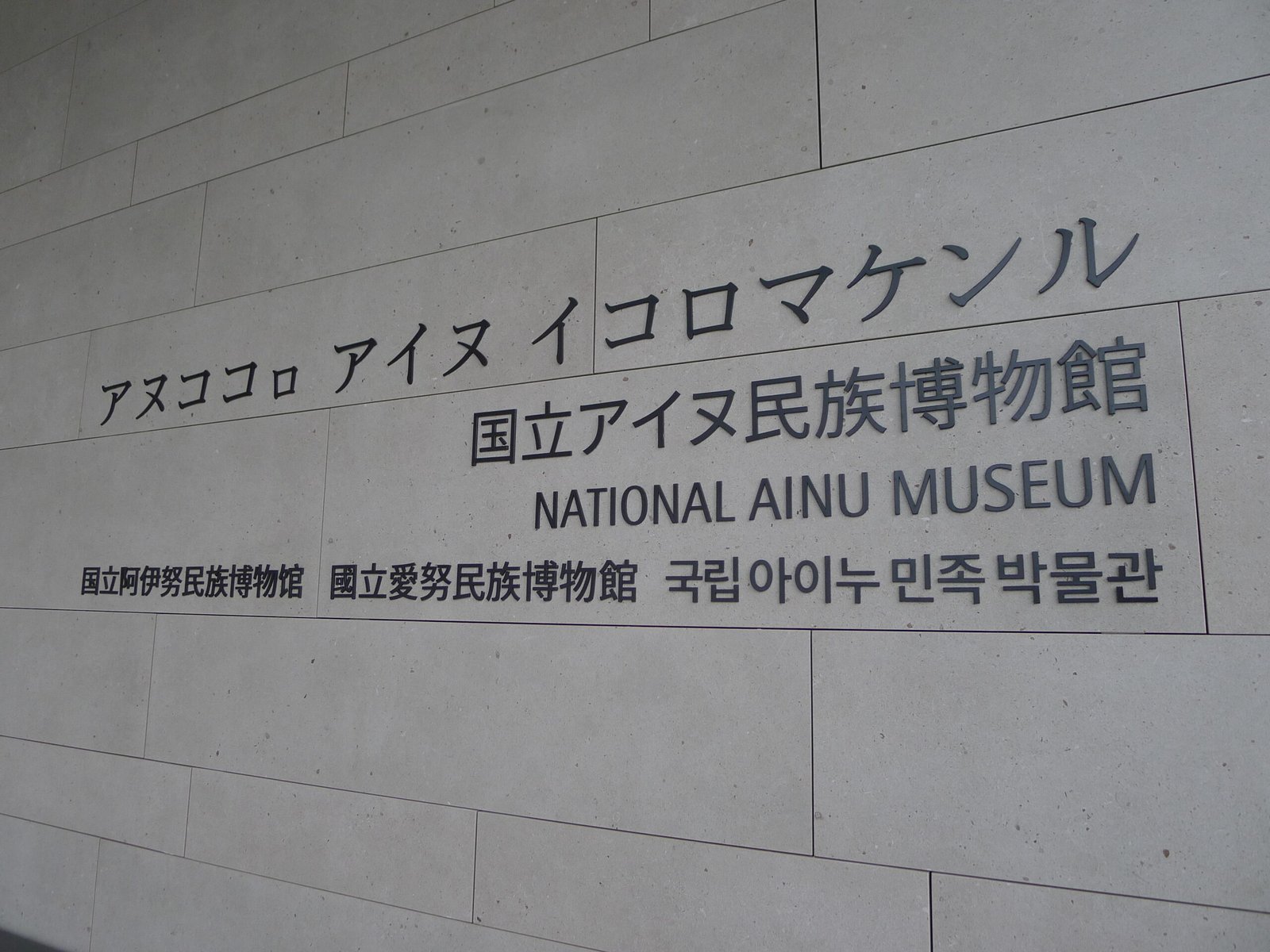
Despite the progress, challenges remain. The number of fluent speakers is still small, and younger generations face pressure from a globalized world. Resources for learning Ainu can be limited, and some fear the revival might not reach remote communities. Yet, every new learner and every spoken word is a victory. There is a growing sense of optimism, as more people—Ainu and non-Ainu alike—embrace the language and its stories. The revival of Ainu is a journey, with setbacks and triumphs, but the momentum is unmistakable.
Why Ainu’s Comeback Matters to Us All

The revival of Ainu is not just an Ainu story—it’s a human story. It challenges us to rethink what it means to belong, to remember, and to recover what was lost. Languages are more than tools for communication; they are vessels of identity, creativity, and resilience. As Ainu rises again, it reminds us that no language, no culture, is truly gone as long as someone remembers, speaks, and dreams in its words. What other forgotten voices might we rediscover, if only we listened?

